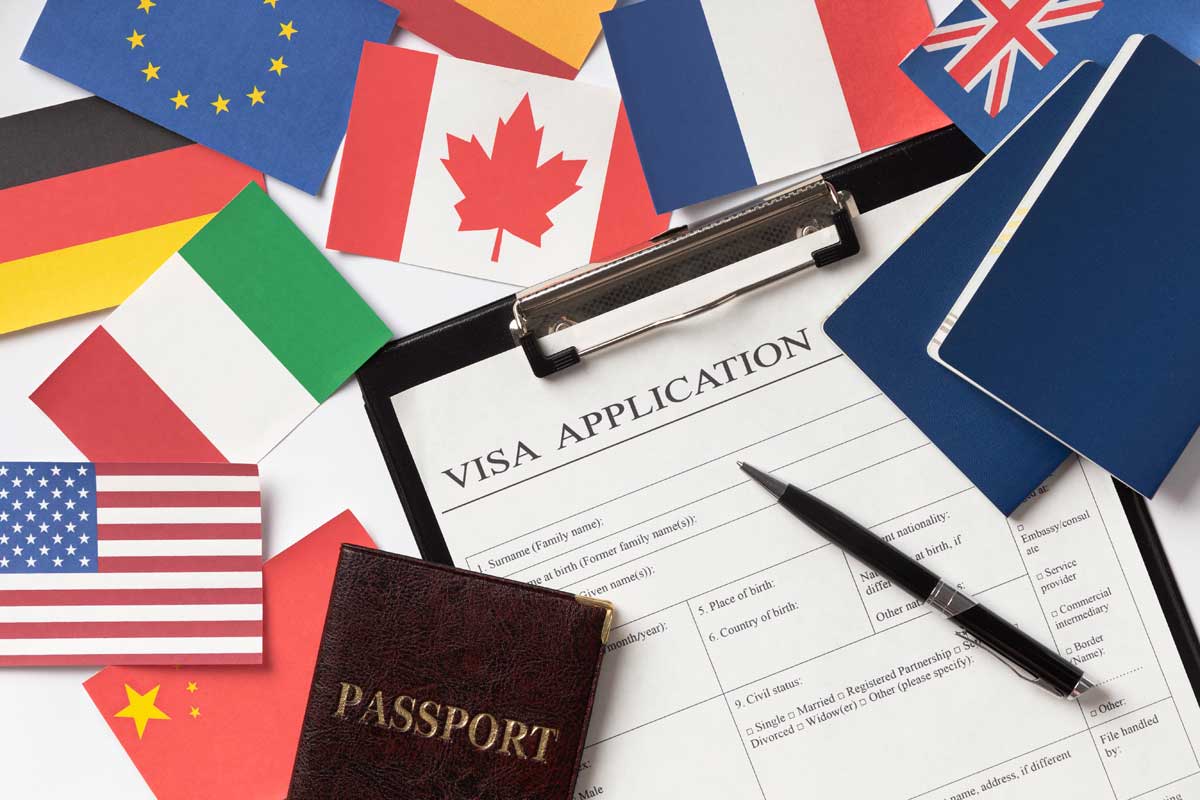
Student Visa
A Student Visa is a permit issued by a country that allows international students to study at recognized educational institutions within that country. The specific requirements and eligibility for a student visa vary by destination country, but they generally involve a few common criteria and steps. Here's an overview:
1. Types of Student Visas
Student visas generally fall into different categories depending on the type of education you are planning to pursue:
- Short-Term Student Visa: For courses that last for a few months or under six months.
- Long-Term Student Visa: For students who intend to study a degree program, typically lasting over six months, such as a bachelor’s, master’s, or doctoral program.
2. General Requirements
While specific requirements may vary from country to country, common conditions for a student visa include:
- Admission Offer: Proof of acceptance into a recognized educational institution (university, college, language school, etc.).
- Proof of Financial Support: Evidence that you have sufficient funds to cover tuition, living expenses, and other costs while studying.
- Health Insurance: Many countries require proof of valid health insurance coverage during your stay.
- English Proficiency: Some countries require proof of language proficiency, typically through tests like IELTS or TOEFL, especially if the primary language of instruction is English.
- Valid Passport: A passport that remains valid for the duration of your study and often for a few months beyond.
- Visa Application Form: A completed visa application form and any required documents (such as photographs, academic transcripts, etc.).
3. Application Process
The application process generally involves the following steps:
- Apply to a School: You must first apply to a recognized institution in your chosen country. Once accepted, you will receive an acceptance letter or offer of admission.
- Gather Documents: Collect all necessary documents, including proof of finances, academic records, and proof of health insurance.
- Submit the Visa Application: Complete the visa application and submit it to the relevant embassy or consulate. Some countries may allow online applications.
- Attend an Interview (if required): Some countries require an in-person interview at their embassy or consulate as part of the application process.
- Wait for Visa Approval: Processing times can vary, but once approved, you will receive your student visa, allowing you to travel to the country and begin your studies.
4. Benefits of a Student Visa
- Legal Permission to Study: A student visa legally allows you to stay in the country for the duration of your course.
- Work Rights: Many student visas allow students to work part-time while studying. The number of hours allowed varies by country.
- Post-Graduation Opportunities: Some student visas allow graduates to stay in the country for a certain period after completing their studies to look for work or gain experience.
- Family Accompaniment: Some countries allow dependents (spouse, children) to accompany the student visa holder.
5. Common Countries for Student Visa
Here are some popular countries where international students frequently apply for student visas:
- United States: F-1 Visa for academic students.
- United Kingdom: Tier 4 Student Visa.
- Canada: Study Permit.
- Australia: Subclass 500 Student Visa.
- Germany: Student Visa for international students.
- New Zealand: Student Visa.
- European Union (Schengen Zone): Many countries in the EU have student visa categories for non-EU students.

